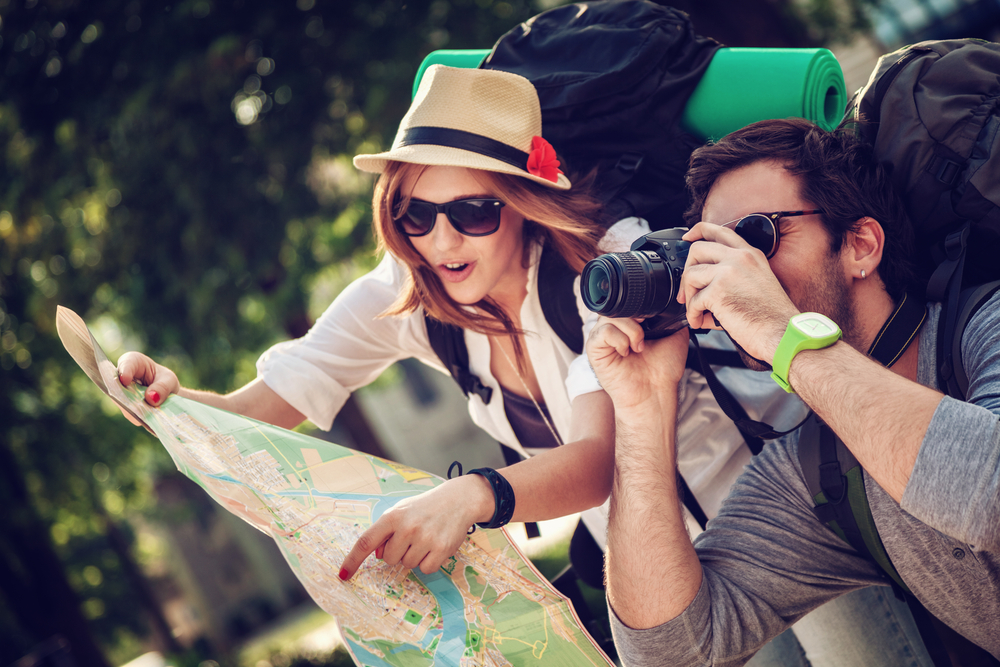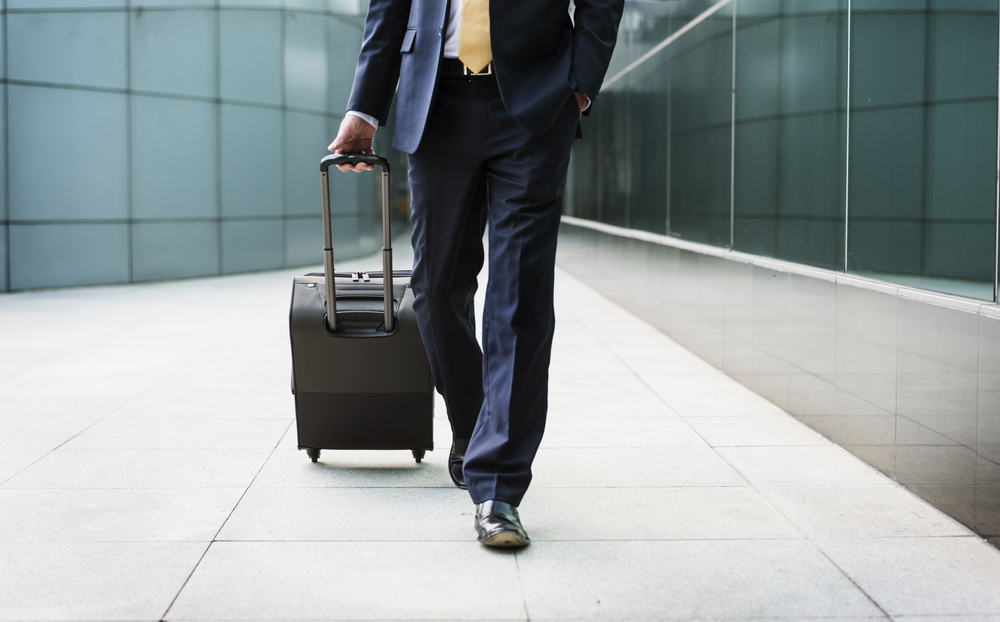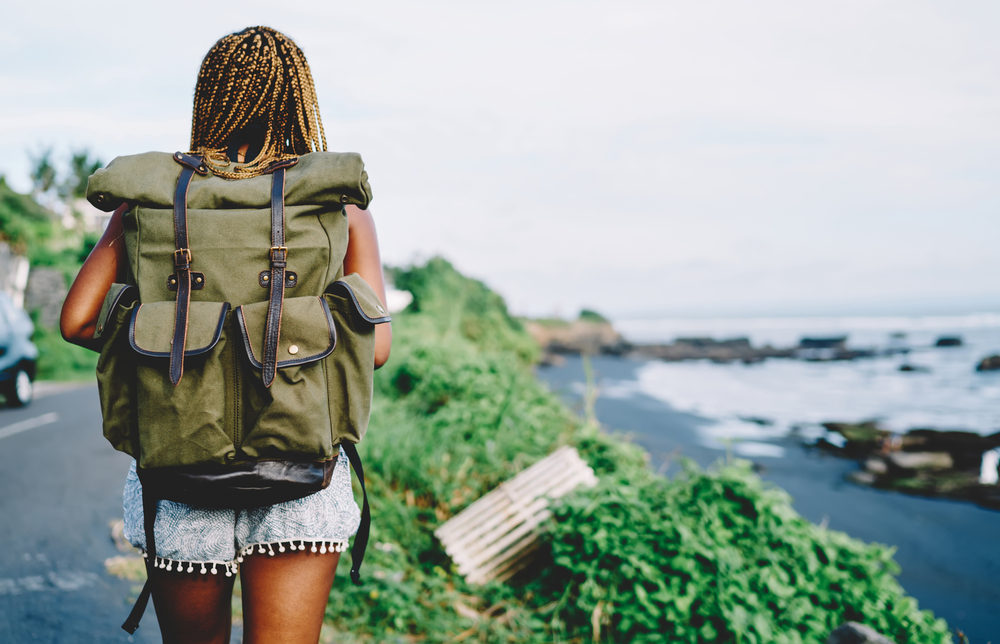When you visit a new destination, one of the most important and exciting things you can do is take great pictures. You have saved enough and are ready to spend on the trip to have the best moment of your life. So, why not preserve these memories in photographs? You must ensure you don’t lose the pictures since you might never repeat those moments. Therefore, ensure every picture is safe every time you press the shutter. Losing your precious pictures is the last thing you want, yet some people lose them when traveling. Don’t let this happen to you. Try these tips and hints to ensure your pictures will be safe throughout your trip.
Carry an External Hard Disk
Download your pictures to a laptop and ensure you also back up to an external hard drive. Some memories cannot be recovered. That is enough to ensure you have an external hard drive every time you travel.
Utilize Online Storage
There are reliable online storage platforms you can utilize to protect the photos. Companies like Amazon and Dropbox have reliable storage solutions you can use to save your photos. However, you will need an internet connection. So, we recommend backing up to online storage every time you get to the hotel.
Format the SD Card
Before you start using your SD card, make sure it is clean. It ensures the card has enough space and has no viruses that might corrupt the photos. Learn how to clear SD card on Mac to create more space for your trip. It is crucial to keep the card clean until the next time you need to take pictures.
Back-Up Your Old Photos
Before you clear your memory card, back up the old pictures. It is also recommended to back up the pictures every time you return to the hotel room. This way, you can start the next shoot knowing your pictures are safe. It is understandable to go back to the hotel feeling tired and not wanting to do anything afterward. However, protecting your photographs is worth a little effort.
Develop a Saving System
The best way to ensure you don’t lose your pictures is to create a system of saving them. Decide how you will save the pictures before you go to the next scene. A system will keep you organized and ensure you don’t lose any moment you have captured.
Don’t Keep All the Pictures in One Place
In simple terms, don’t keep your pictures in one memory card, even if it has enough space left. It means that once you lose the card, you lose all the pictures you have taken throughout the trip. So, consider buying smaller memory cards to have other options if you lose one. It is also advisable not to erase your images after backing up. That way, you will have your pictures in three places.
Bring an Extra SD Card
SD cards are now affordable, so that you can bring an extra one to your trip. An extra SD card ensures you have your pictures in different places and sufficient space to take more pictures.
A Quick Roundup
These are simple methods you can use to ensure your photographs are safe. Always back up before heading out or erasing them from the card. Save them in different locations and create a system of saving them.



